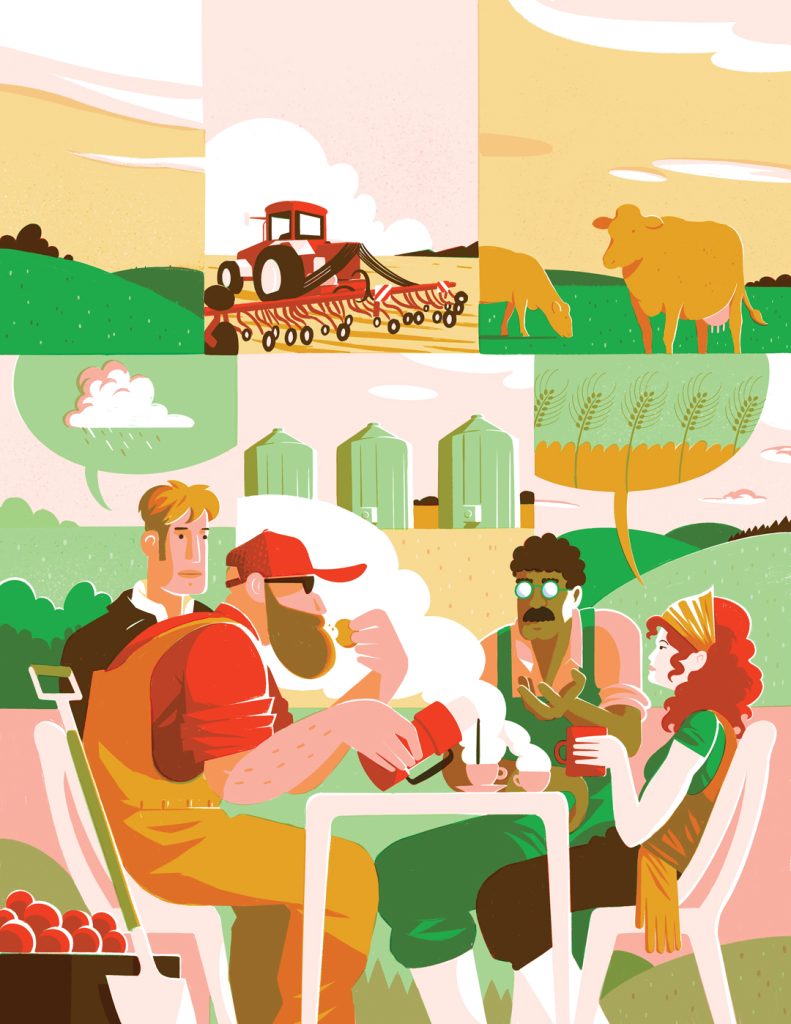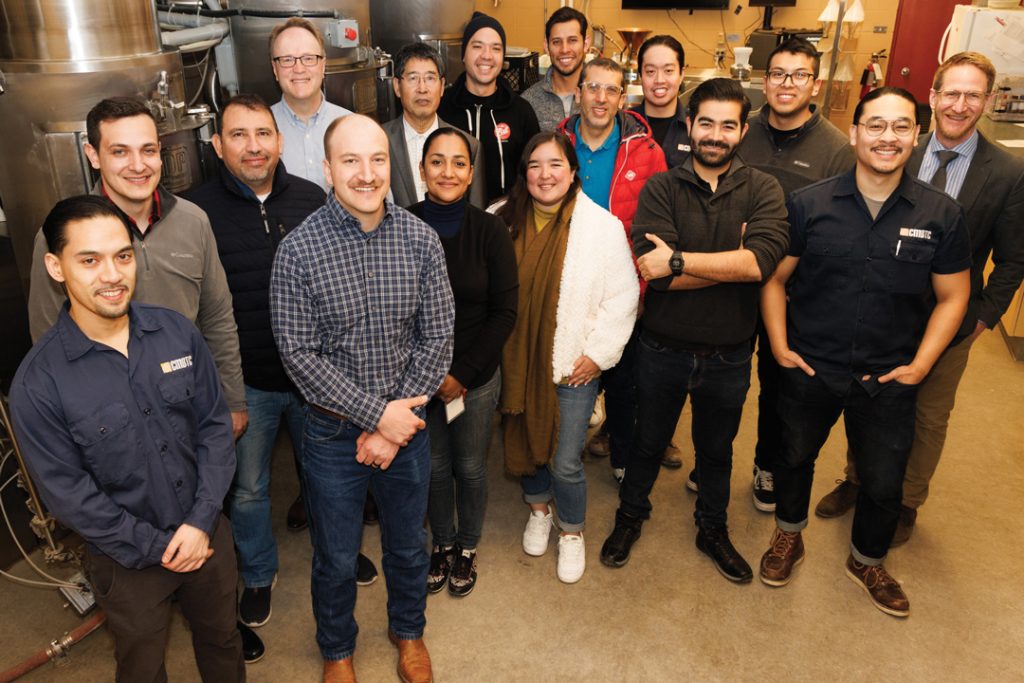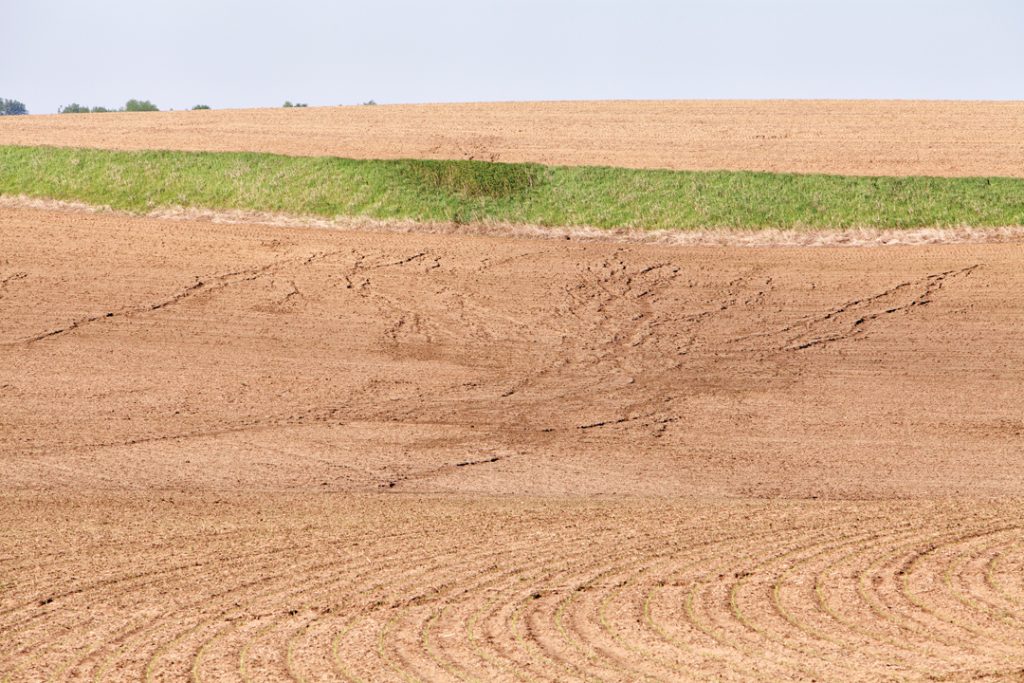LET’S TALK
Farmers have long endured the stereotype of being stoic and aloof, completely self-reliant. Today, one of the hottest trends in agriculture is turning this notion on its head. The radical idea is … wait for it … talking.

Farmers have long endured the stereotype of being stoic and aloof, completely self-reliant. Today, one of the hottest trends in agriculture is turning this notion on its head. The radical idea is … wait for it … talking.

A new program aimed at Canada’s agriculture sector can help prepare farms for the impacts of climate change and global demand for reduction of carbon emissions. BMO is Canada’s first large-scale financial institution to introduce such a program.

Under the latest five-year Sustainable Canadian Agricultural Policy (SCAP) framework, each province must develop its own ag insurance initiative to promote a best management practice (BMP) that produces an environmental benefit while it reduces operational risk. Farmers who employ the practice could receive a benefit through their premium calculations. In Alberta, program development falls to the Agricultural Financial Services Corporation (AFSC), which partners with the provincial and federal governments to create and deliver farm insurance products. “Every province has been given free rein to do whatever they feel is impactful in that province,” said Jesse Cole, AFSC manager of insurance products and product innovation.

All Canadians feel the impact of rising costs at the grocery store and gas pump, but rising input costs and operational expenses are exacting a heavy toll on farmers and even driving younger farmers out of the sector. This is why Bill C-234 is crucial. The Bill is now before the Senate with second reading complete. If passed, it will extend the existing farm fuel exemption to the federal carbon tax to include natural gas and propane.

The global beer industry has faced significant headwinds the past few years. The pandemic, followed by the escalation of input costs, supply chain difficulties and shifts in consumer preference hit hard, but not all is doom and gloom. China’s brewing industry is quite profitable and markets such as Brazil, Colombia and Mexico continue to thrive and grow. In 2022, global beer production rose in 2022 to 1.89 million hectolitres (mln hL) from 1.87 in 2021, an increase of 1.33 per cent, or a little more than the beer output of Canada.

Labelling agri-food products that support environmental initiatives is necessary to bridge the gap between farmers and consumers. This approach also presents a unique opportunity for food and beverage companies to demonstrate their own green ethos.

Today, AI and its corollary of machine learning have recently become buzzwords everywhere, including agriculture. The implementation of both requires data. It is readily available but, in the area of harvest data, sorely lacks veracity.

An innovative new Prairie program gives skilled, mid-career professionals the opportunity to refresh their occupational journey and injects much-needed talent into the agri-business field.

Hedgerows, hillsides too steep for tractors to climb and even grassy margins along fencelines serve as havens for beneficial insects and birds that play a pivotal role in pest control. Since the dust bowl days of the 1930s, shelterbelts composed of trees and mixed vegetation have mitigated soil erosion by wind and water. More recently, research has been carried out to assess the additional benefits such uncropped land may provide.

Canadian agriculture continues to suffer the firsthand effects of a shrinking labour force. The average age of Canadian farmers has been on the increase for more than 20 years with no sign of reversal. By the latest estimate, Canada will be 30,000 farm workers short by 2033. This is both a crisis and an opportunity.